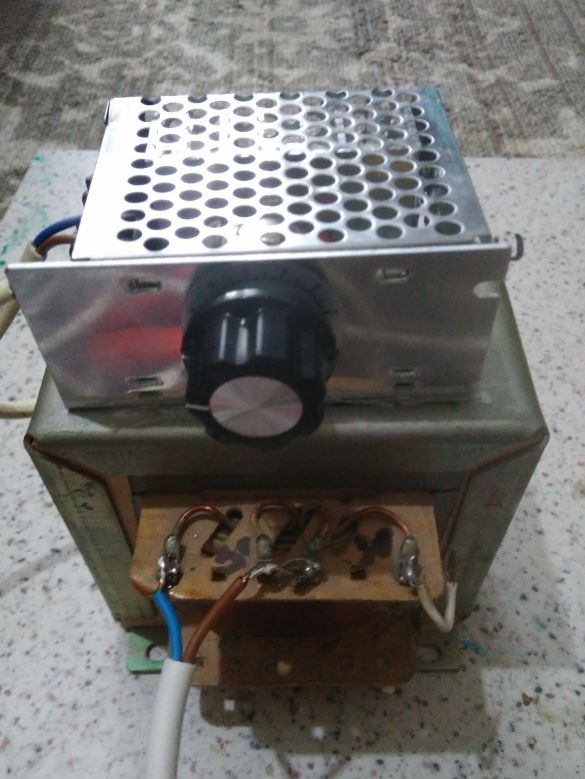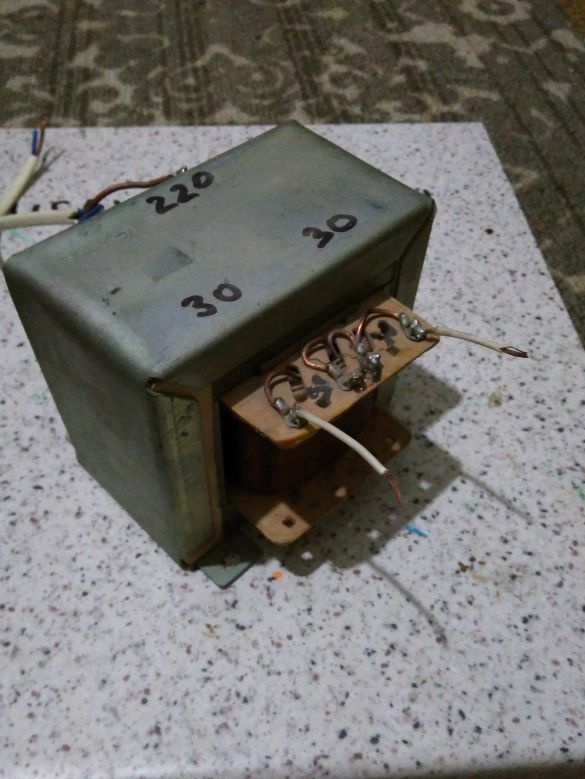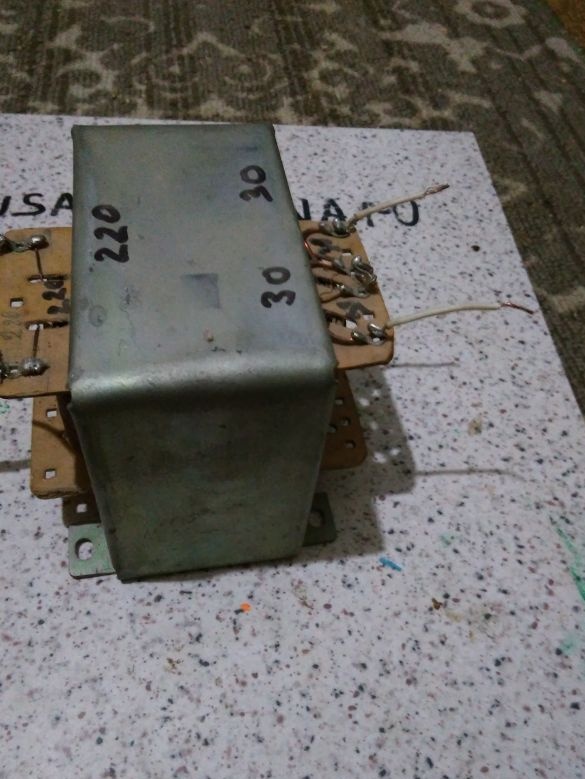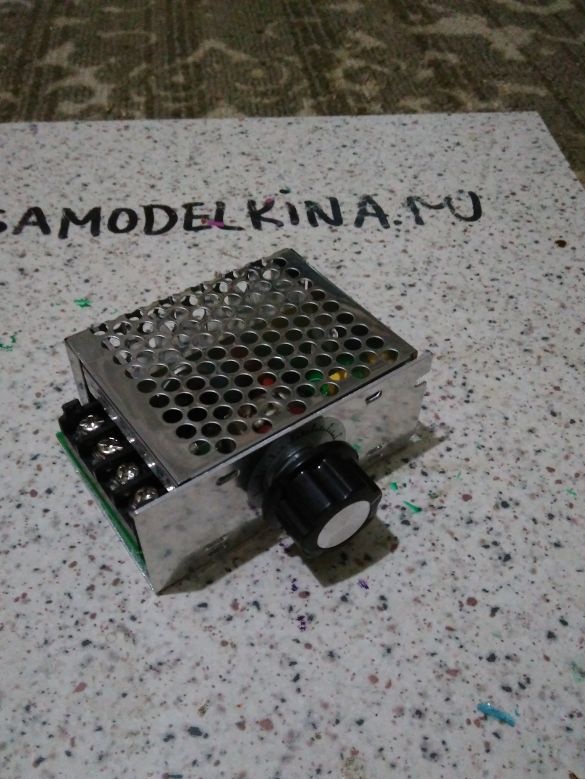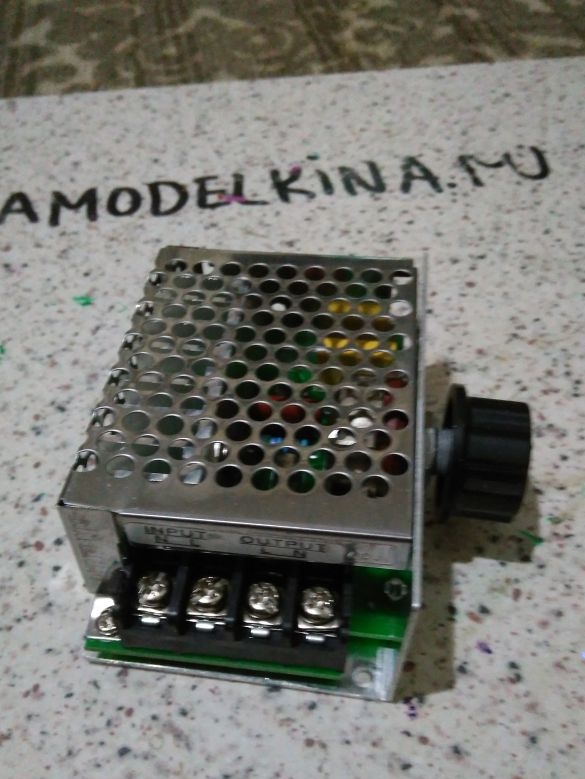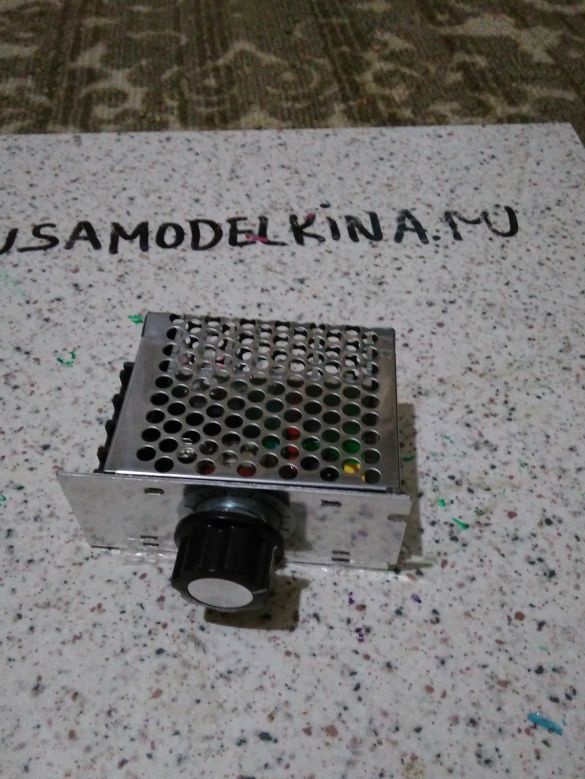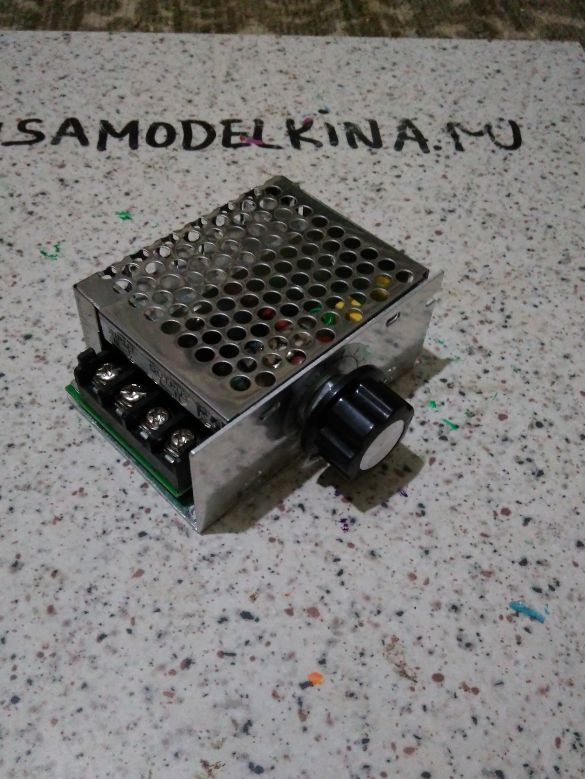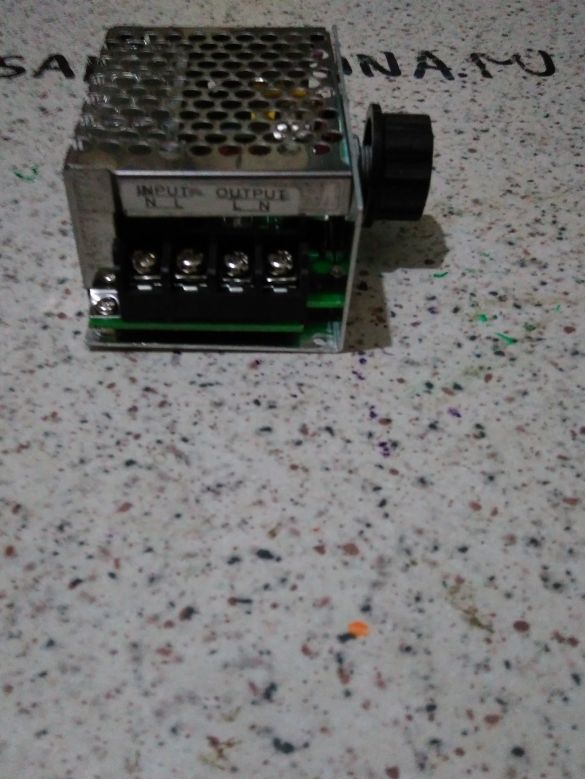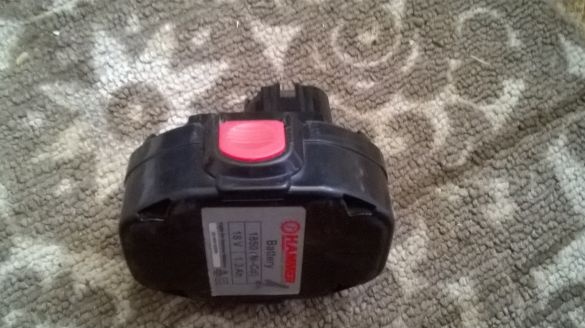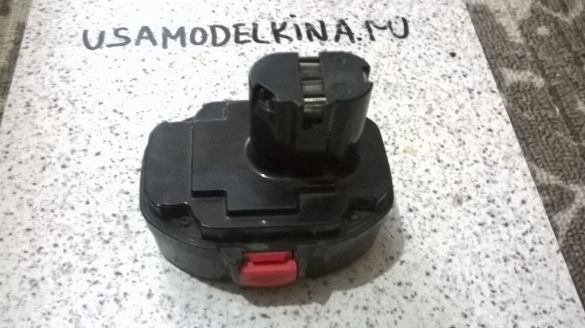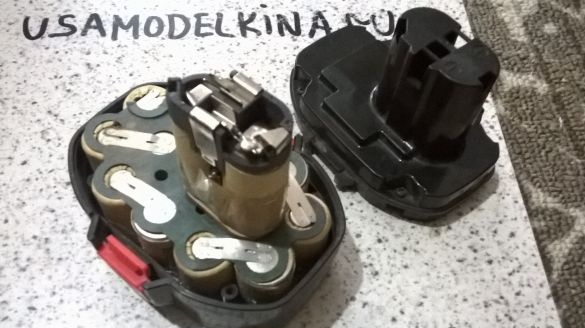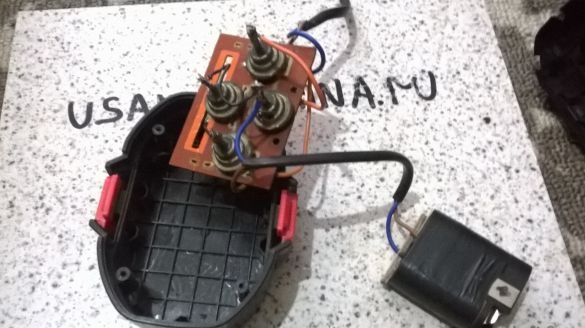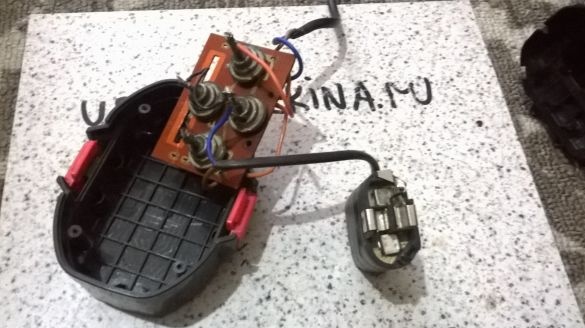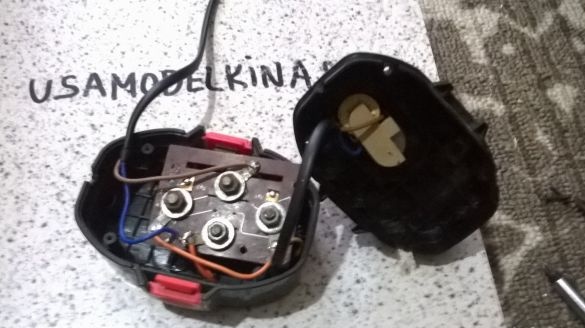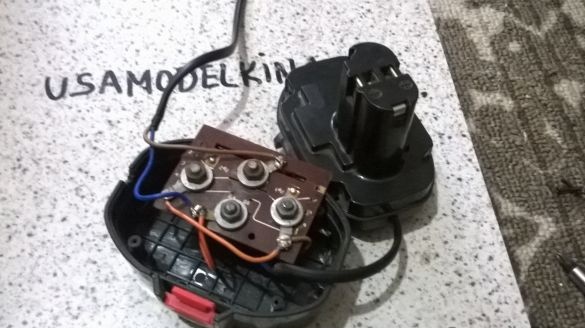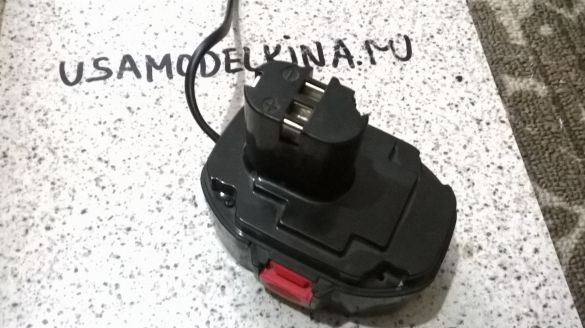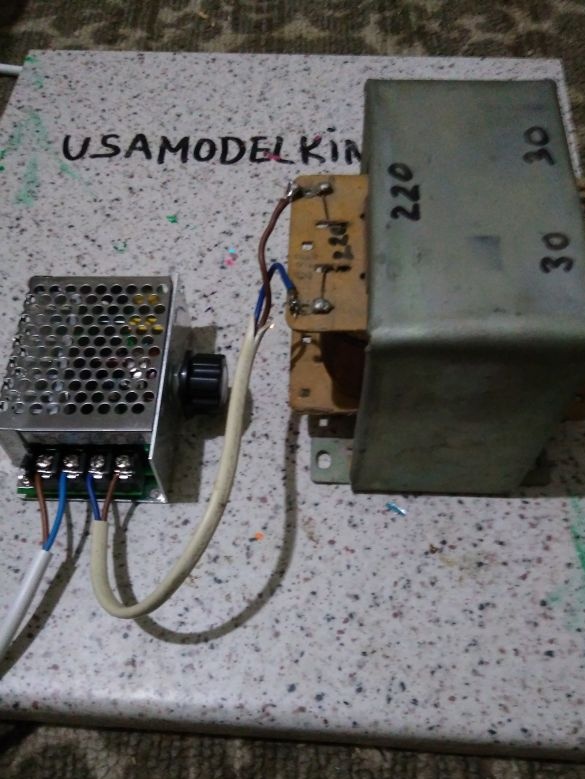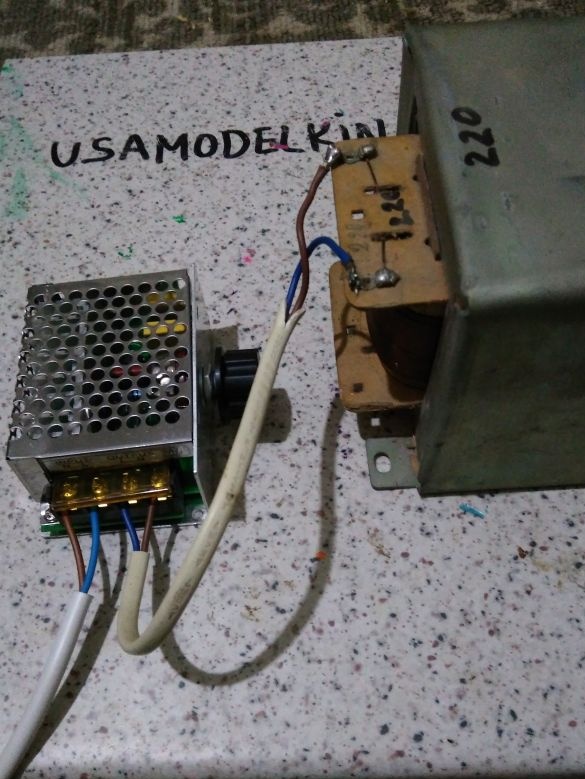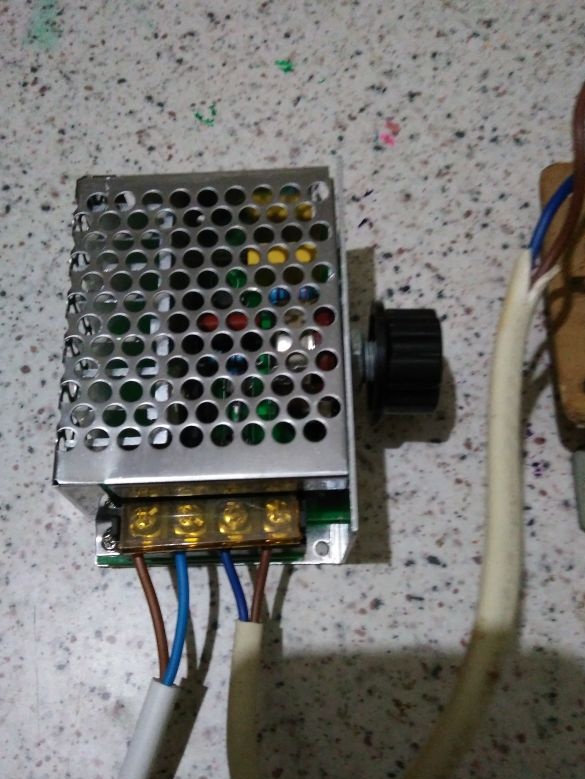How to convert a cordless screwdriver to a network one?
The batteries on the screwdriver become unusable after about two years.
The engine is still quite working, it's a pity to throw it away. Replacing both batteries is almost like a new screwdriver.
I already laid my own homemade (homemade link), and a lot of discussions noted not so much irregularities, so to speak.
And with voltage a small problem, and with the power of the screwdriver itself.
After thinking a little about the power transformer, I decided to use an input transformer from a faulty microwave oven.
The current strength in such a transformer is very high, the wires along the diameter of the wire allow a large load.
True, in it the winding of the wires is slightly changed, instead of the primary winding, there is a secondary one.
Rewinding as on conventional transformers is practically impossible, though if there are no special devices.
And how about 30 V of alternating voltage turns out at the transformer output. If it is aligned to direct current, then you get about 40-45 V DC.
We will stabilize it with a very simple and very cheap input voltage regulator or rheostat from aliexpress.com ()
We disassemble the battery pack, and disconnect the two upper battery packs from it, for connection with the screwdriver itself. Throw out the rest.
And solder wires to them. To begin with, we will assemble a diode bridge (voltage rectifier).
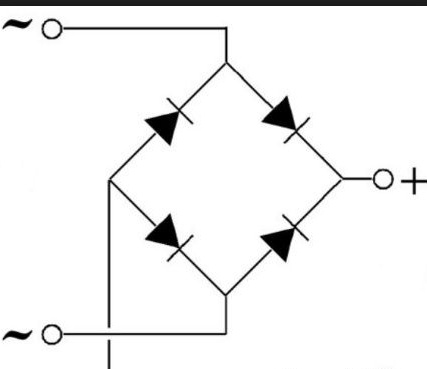
Four diodes, for rectification of current. I took diodes D 246. With a maximum permissible current of 10 A. It is possible and higher.
Out of ignorance, I assembled a rectifier bridge from D 226, so they immediately burned out for me (they have an allowable current of only 0.5 A.) So the more powerful the diodes the better.
Connect the diode bridge to the top battery pack.
And insert into the battery case.
We assemble the case, and we get a practically ready battery pack.
And then everything is according to the scheme, according to the regulated unit.
We connect the input voltage of 220 V to the unit to the terminals, and the output from the unit is already at the input of the transformer.
You can also install a rheostat with a transformer in a separate housing, and transfer the diode bridge to the same housing.
Add a mortise standard socket, if you want add a voltmeter. So you can adjust the voltage to connect almost any voltage damaged screwdrivers from 6 to 21 V.
Just add the plug to the screwdriver wire.
Good luck in the discussions!


